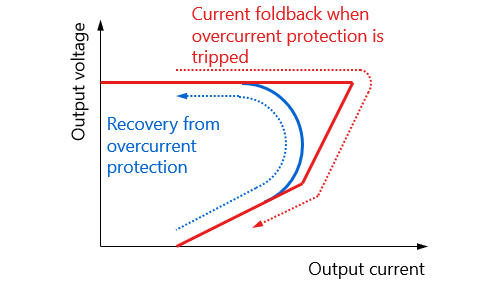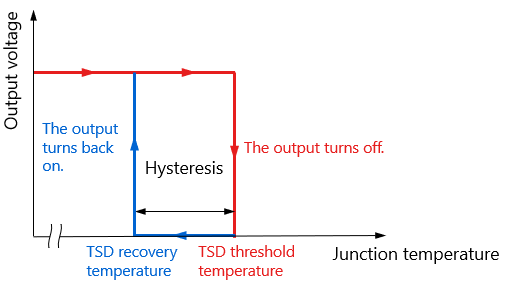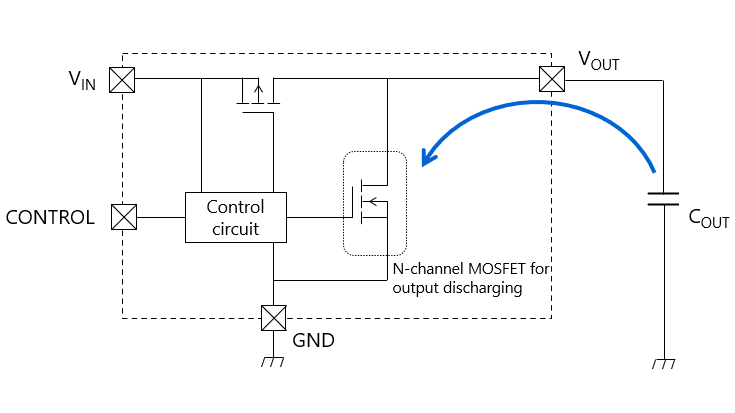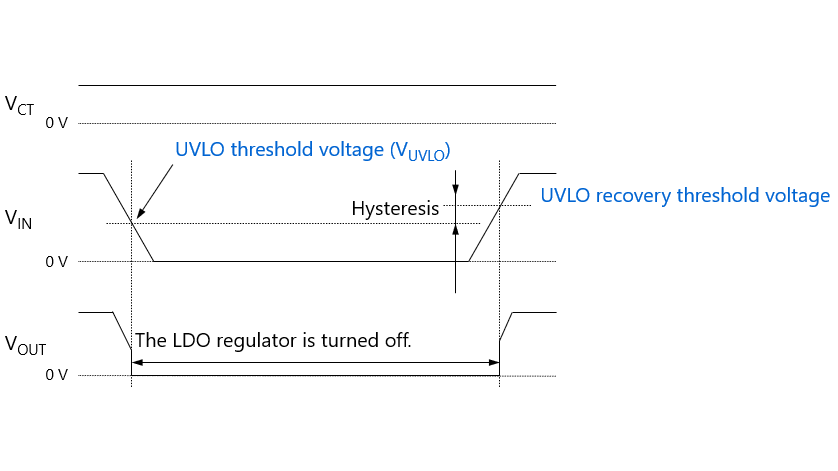- 型号 & 关键词搜索
- 交叉搜索
- 参数搜索
- 库存查询与购买
This webpage doesn't work with Internet Explorer. Please use the latest version of Google Chrome, Microsoft Edge, Mozilla Firefox or Safari.
请输入3个以上字符 Search for multiple part numbers fromhere.
The information presented in this cross reference is based on TOSHIBA's selection criteria and should be treated as a suggestion only. Please carefully review the latest versions of all relevant information on the TOSHIBA products, including without limitation data sheets and validate all operating parameters of the TOSHIBA products to ensure that the suggested TOSHIBA products are truly compatible with your design and application.Please note that this cross reference is based on TOSHIBA's estimate of compatibility with other manufacturers' products, based on other manufacturers' published data, at the time the data was collected.TOSHIBA is not responsible for any incorrect or incomplete information. Information is subject to change at any time without notice.
请输入3个以上字符
2-4.LDO稳压器浪涌电流抑制功能
当输入电压从0V上升至最小工作电压时,LDO稳压器导通提供稳定输出电压。此时,内部误差放大器以最大驱动力驱动VIN 和VOUT引脚之间的输出晶体管,将输出电压提高到设定水平。输出电压达到设定水平后,LDO稳压器将保持在该电平。然而,内部电路延迟等情况会导致输出电压过冲,超过负载IC或电路额定电压。
此外,大浪涌电流进入LDO稳压器,会给连接VOUT 引脚的输出平滑电容器充电。从LDO稳压器导通到输出电压达到稳定状态,这个过程会产生浪涌电流。如果VIN 引脚连接的电路板布线阻抗大,输入电压会由于电路板布线阻抗因浪涌电流产生的压降而下降。因此,LDO稳压器无法产生正常水平的输出电压。
浪涌电流限制功能可以防止这种情况。
LDO稳压器导通后,缓慢提升输出电流,同时限制浪涌电流,从而抑制输出电压过冲和输入电压下降。因此,浪涌电流限制有助于提高系统稳定性。
浪涌电流限制也称斜率控制或软启动。
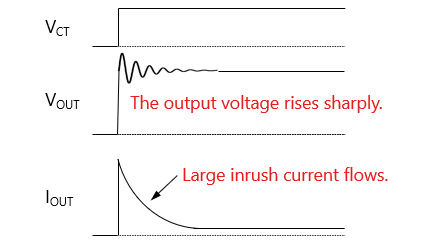
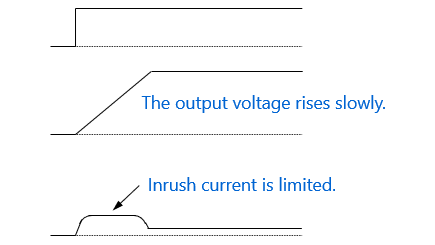
第Ⅱ章:LDO的便捷功能
相关信息
- 产品
低压差稳压器(LDO稳压器) - 应用说明
应用说明 - FAQ
LDO稳压器 - 参数搜索
LDO稳压器 - 库存查询与购买
库存查询与购买



